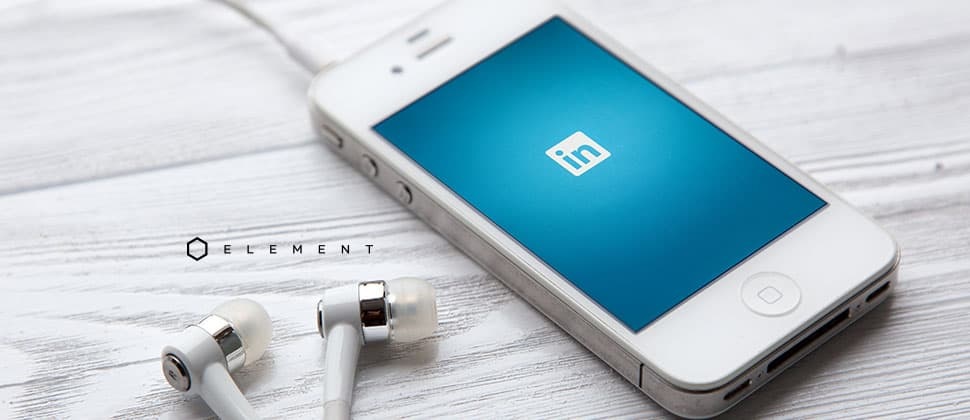LinkedIn gives companies a reliable way to promote content and connect with potential leads, but being successful involves more than simply updating your company’s page.
By publishing consistent, quality content and sharing it with multiple networks, you can easily attract professionals to your company page to generate leads and position yourself as a thought leader.
But what if you’re no longer seeing a steady stream of new and engaged followers?
It’s time to try something new, but what?
Don’t be discouraged. With a niche platform like LinkedIn, your content may just need a boost to ensure it’s in front of the right audience.
Promote Your Content to the Right People
When organic distribution of your content doesn’t seem to be hitting the mark, it’s time to consider LinkedIn’s paid native advertising to reach relevant audiences. Native advertisements – also known as sponsored updates – read like an editorial and less like a display ad, which can lead to higher engagement.
These updates allow you to specifically target professionals through their newsfeed. It’ll help you attract new followers to your company page and increase engagement. Plus, it’s optimized for any device!
Create Valuable Professional Content
To get the most out of these campaigns, choose a piece of content that has “showcaseability” – meaning a great piece of professional content that makes your target audience pause and say, I want to know more about that!
This could be a new project or service announcement video, a smart infographic detailing findings from a recent study, or even a fun post that highlights your company’s culture which can attract potential employees to your page.
When you put forth the effort in making your content stand out – whether that’s adding a compelling image, a captivating title, or a clear call-to-action – people will want to share it, which will expand your total reach.
Set Campaign Goals
Once you have selected your message, define your target audience to build a paid campaign.
You will first need to pick between two paid options: cost-per-click (CPC) and cost-per-impression (CPM).
To help you decide, you need to understand your end goal. CPC is best for lead generation while CPM should be reserved for brand awareness initiatives.
Next, think about who your target audience should be. LinkedIn lets you focus your efforts on either location, industry, or job titles.
Also, keep in mind that on LinkedIn, keeping target audiences specific and including more than 300,000 members, usually gets better results. In 2015, Pew Research Center reported only 25% of online adults say they use LinkedIn regularly compared to 72% who use Facebook, so a targeted approach will help ensure your content is seen by professionals not checking their LinkedIn daily.
In order to get the most out of your paid campaign, make sure you also have measured goals set before you start.
If you’re new to LinkedIn, focus on building organic campaigns emphasizing your content and distribution plans. By analyzing your organic reach, you can estimate what you’d like to see from a paid campaign.
You can also do a trial run of a sponsored campaign that lasts a few days to record some initial data. The best feature about LinkedIn is that they provide built-in analytics so you can see your campaigns in action.
Don’t Be Afraid to Experiment
Experimenting is key to understanding what works and what doesn’t. Try to switch up your content every two weeks and once you get the hang of it, promote new content up to one or two times per week.
One of the most important things to remember is to keep everything in context. If you’re a smaller business, keep your goals reasonable. Use analytics to inform your next move and constantly review your current strategy.
Looking to start a more in-depth content marketing strategy? Learn more about Element’s content marketing programs here.
References
LinkedIn’s Native Advertising
Mobile Messaging and Social Media 2015, Pew Research Center



